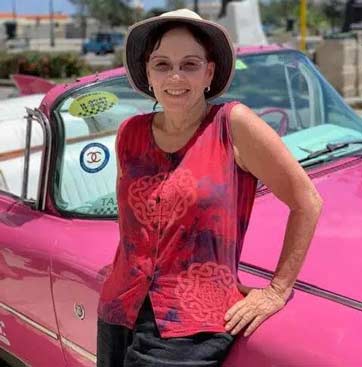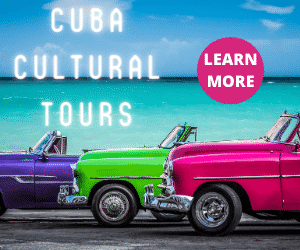If you want the ultimate Cuba itinerary for a truly unforgettable trip, you’ve come to the right place.
Cuba’s history, rich cultural heritage and proximity to the U.S. make it unique, unlike any place you have ever visited.
Cuba will surprise you with its stunning beaches, lush, tropical foliage and dramatic architecture.
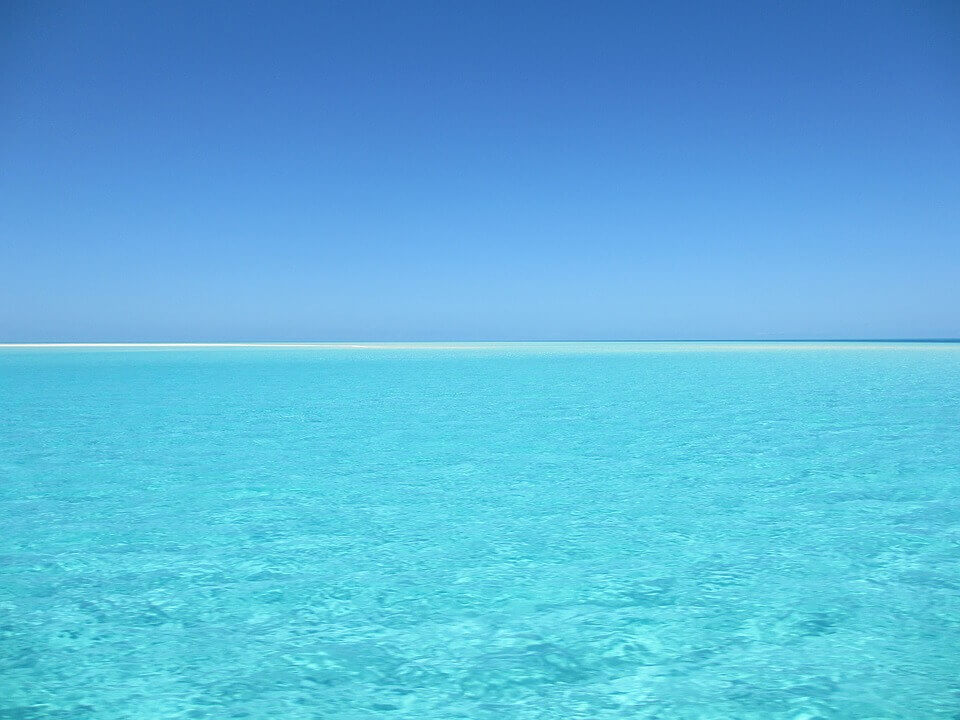
Here is a schedule that would make an ideal Cuba itinerary for 2 weeks. The itinerary can easily be reduced to 1 week or a 10 day Cuba itinerary by concentrating your time in the western most cities of Havana and Viñales.
The Cuba itinerary can also be stretched to 3 weeks in Cuba by adding interesting towns along the way which you will discover as you read on.
Cuba will beguile you with its music and art and charm you with its friendly people. There is nothing quite like this magical island anywhere else in the world. So, if you are thinking of the perfect Cuba itinerary to make the most of your trip, read on.
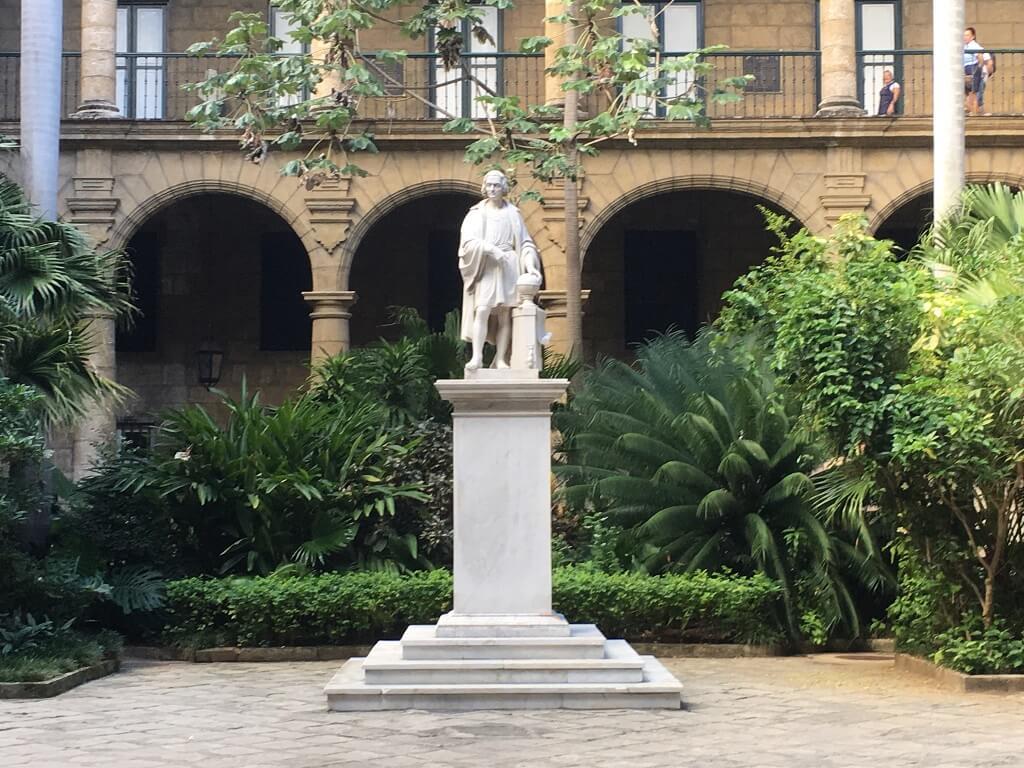
Table of Contents
ToggleWhat you need to know for the perfect Cuba itinerary
When it comes to Cuba, there are some key dos and don’ts to keep in mind. These will help you choose the ideal accommodations and restaurants as well as how to understand the Cuban transportation system.
US citizens should be aware that credit cards drawn on US banks are not accepted in Cuba and ATMs cannot dispense money from U.S. banks. US citizens must bring enough cash with them to last the entire trip.
Before traveling to Cuba, US citizens should check the travel requirements. Ordinary tourism is prohibited for US citizens. All US visitors must travel to Cuba under one of 12 US government approved categories.
“Support for the Cuban People” is the most commonly used category and can be selected when purchasing the airline ticket.
Where to stay? Your best option for accommodation in Cuba is a “casa particular,” or “casa” for short. These are homestays similar to a B&B in a Cuban home.
If your credit cards are drawn on U.S. banks and won’t work in Cuba, the option to prepay for casa accommodations in your home country via Homestay or a similar service- at least for the first few nights – is a major advantage.
See what it’s really like to stay in a Cuban casa particular. Where you stay in Cuba will be a major factor in contributing to your perfect Cuba itinerary.
Accessing the Internet and Wi-Fi in Cuba has its little tricks. See what’s the best way to stay connected.
There is no shortage of transportation alternatives in Cuba. The country uses a wide range of Cuban transportation options from classic American car taxis to horse-drawn carriages to various modes of public transport.. Learn how to get around the cities and navigate the country.
A taxi from Jose Marti International Airport to Havana proper should take about 30 minutes and cost about 30-35USD or equivalent.
The best time to go to Cuba
Hurricane season in Cuba, in early June to late November. That is also when it is the rainiest and most humid. So, the best time to go to Cuba is from December to late May.
This is the dry season with average temperature in winter time a delightful 77F (22C) with ocean breezes wafting across the island and little rain.
Let’s talk Cuban money
The Cuban currency is the Cuban peso. It is not available outside of Cuba and cannot be traded on the international market.
You can purchase Cuban pesos at local banks and CADECAS, currency exchange offices, across the island.
Hard currencies such as US Dollars or Euros are readily accepted but you will receive the change in pesos.
Major cities you must include in your perfect Cuba itinerary
HAVANA – The start of your perfect Cuba itinerary
Havana is the capital and the largest city of Cuba. The air smells slightly of the salty ocean that surrounds it. The Baroque-style colonial plazas are thick with palm trees and flaming red and purple bougainvillea.
Chevys and Buicks, classic cars from the 1950s-and even older- cruise by the Malecon, the Havana seawall that stops the ocean from crashing onto the multicolored buildings.
The sounds of mellow Latin music waft from cafes and winding, cobblestone streets. You’re in Havana, Cuba’s lively, friendly capital city, the first stop on your Cuban adventure and the keystone of your perfect Cuba itinerary.
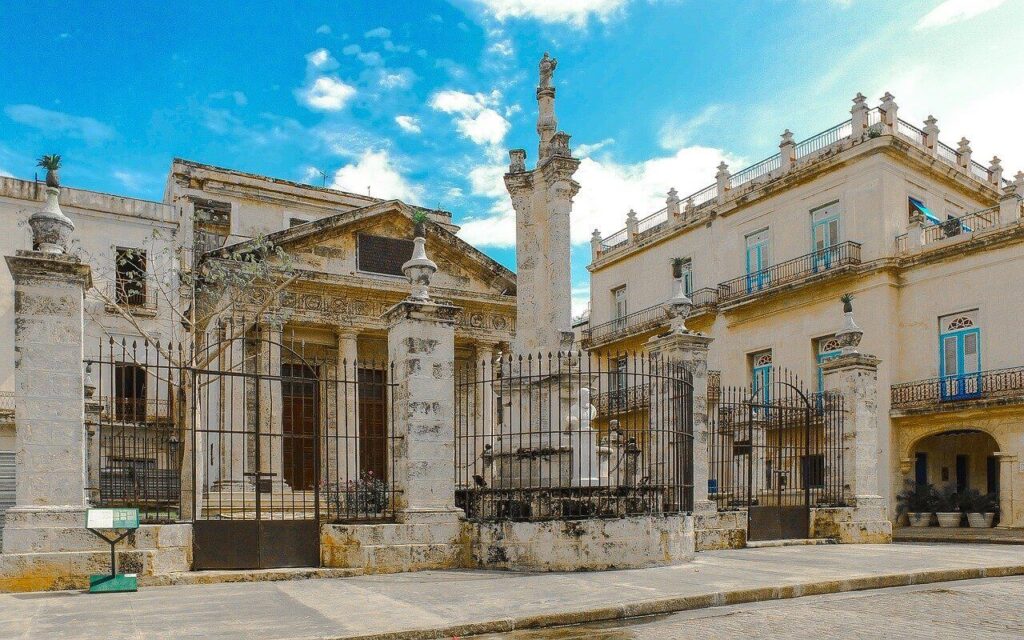
A private taxi from the Jose Marti International Airport into the center of Havana should not cost more than U.S. $25-30.
Despite the crumbling architecture, Havana is fascinating. It is full of pastel-colored houses with leafy interior patios. Small, niche museums are everywhere exhibiting collections of posters, antiques, rum, and cigars.
There is even a museum for chocolate! You see more and more art galleries every day. The paladares, private enterprise restaurants, continue to push the envelope with their innovative cuisine.
The nightlife has been legendary forever, and it still is. Havana will grow on you quickly. It beguiles, bewitches and draws you in- slowly but inescapably- with its energy and charm.
Avoid the hotels and book casas particulares in private homes. Choose a neighborhood that is quirky and cool like Old Havana, or one that is historical and elegant think El Vedado.
Booking a casa particular lets you interact with the local people. Breakfast can be arranged for a small extra cost.
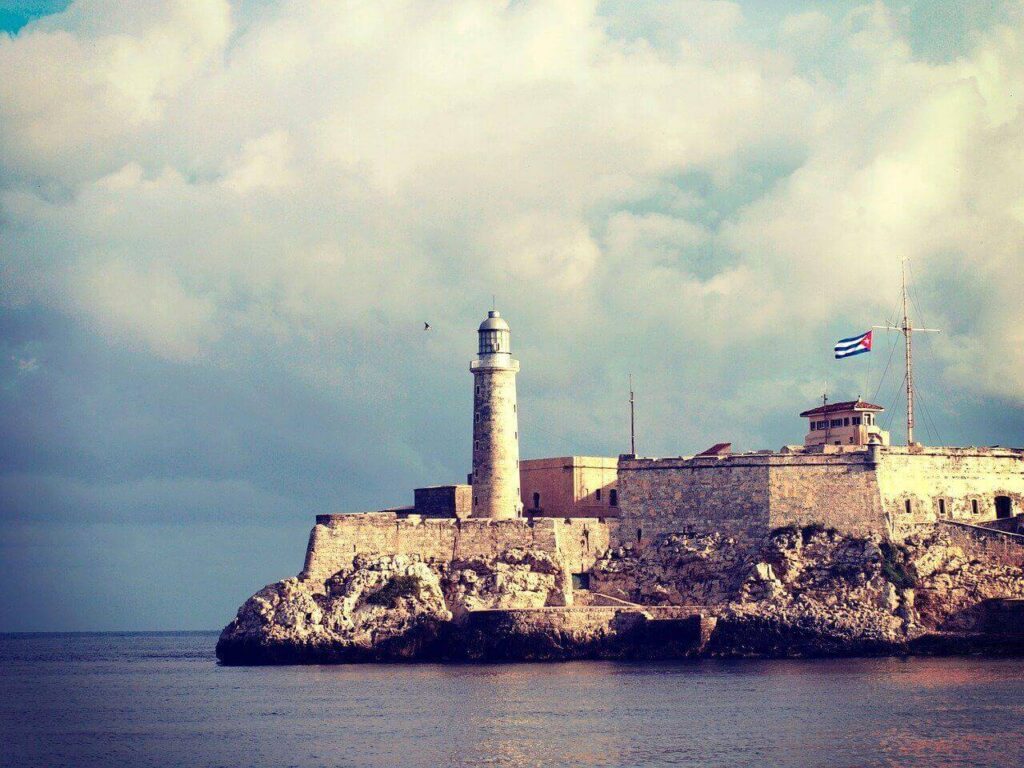
There is so much to see and experience in Havana but if your time is limited, on your first day, walk to the four main plazas in Habana Vieja, the old town or Old Havana, a UNESCO World Heritage site with its narrow streets.
That will give you the best feel for the city’s colonial history and culture and you’ll see some of the best places in Havana.
Plaza de la Catedral – don’t forget to visit the iconic La Bodeguita del Medio bar nearby -and Plaza de Armas house some of the city’s most interesting museums, churches, architecture and paladares.
Nearby is the Hotel Ambos Mundos where Ernest Hemingway had a room full time.
Plaza Vieja is a great place to relax and Plaza de San Francisco is a wonderful places to end your day.
Here you can listen to exceptional live music, people watch and enjoy a classic mojito (or any one of the other classic Cuban cocktails that circled the globe) on a plaza that was already ancient 300 years ago.
One of the best things to do in Havana is to take a classic car tour in one of the many iconic vintage cars found mainly in front of Parque Central just a short walk from “El Capitolio” the capitol building.
Your driver/tour guide will take you around the city to see the amazing colonial architecture.
He’ll also take you to the massive Plaza de la Revolucion or Revolution Square, Havana’s main plaza, where you’ll see the enormous portraits of key figures of the Cuban Revolution like Fidel Castro, Che Guevara and Camilo Cienfuegos.
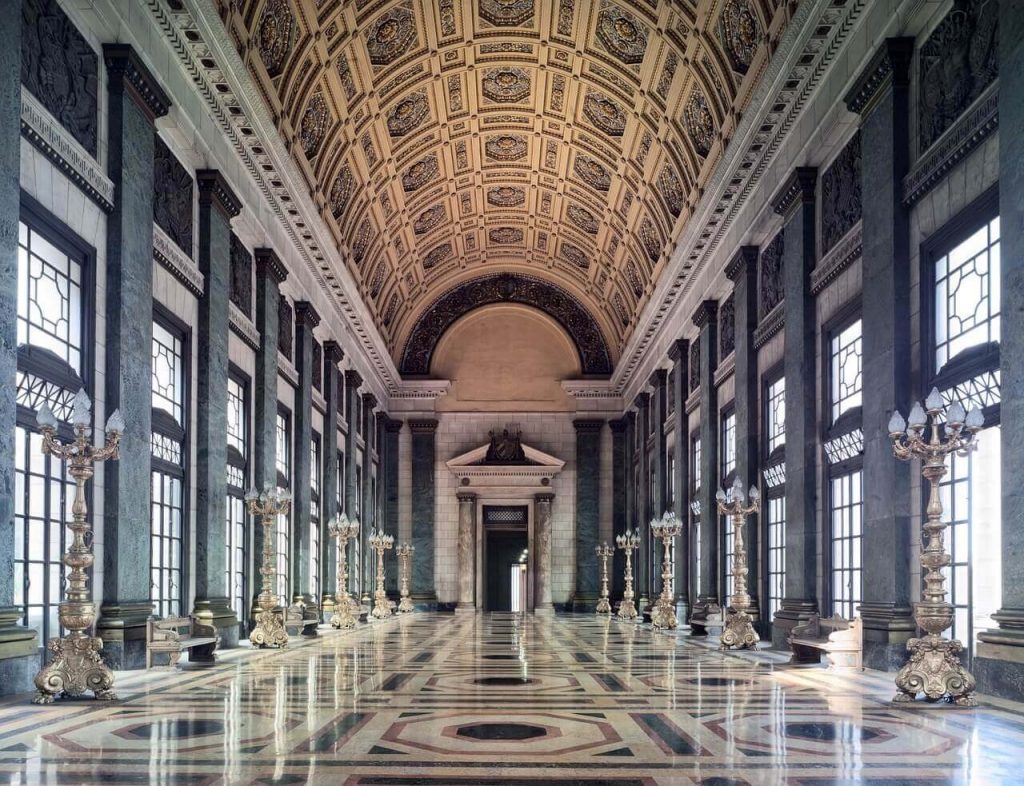
It’s best to take this classic car tour in the late afternoon or early morning when it is cooler and the light is perfect for ideal photo opportunities. These Havana activities will make for a great full day.
If you have plenty of time, on your following day make sure to check out some of the spots and activities in Hidden Havana that not a lot of people know about. That’s a great way to get to know Havana.
Havana is a city of museums. Also worth your time is the Museo Nacional de Bellas Artes (Museum of Fine Art) and the Museo de la Revolucion, if you are interested in the history of the Cuban Revolution and its relationship to the United States.
CIENFUEGOS
On the way from Havana to Cienfuegos you can stop at the Bay of Pigs and the small museum nearby explaining the history of that invasion.
Cienfuegos in central Cuba is a refined and elegant city founded in 1819 by French immigrants from Bordeaux and Louisiana. I bet you didn’t know that.
The architecture you see all over the city is an unusual combination of Baroque, Gothic and Moorish styles that somehow manage to give the city the air of a town in Southern France in the early 20th Century.
Jose Marti Park, the central plaza, is generally considered to be the most beautiful in Cuba.
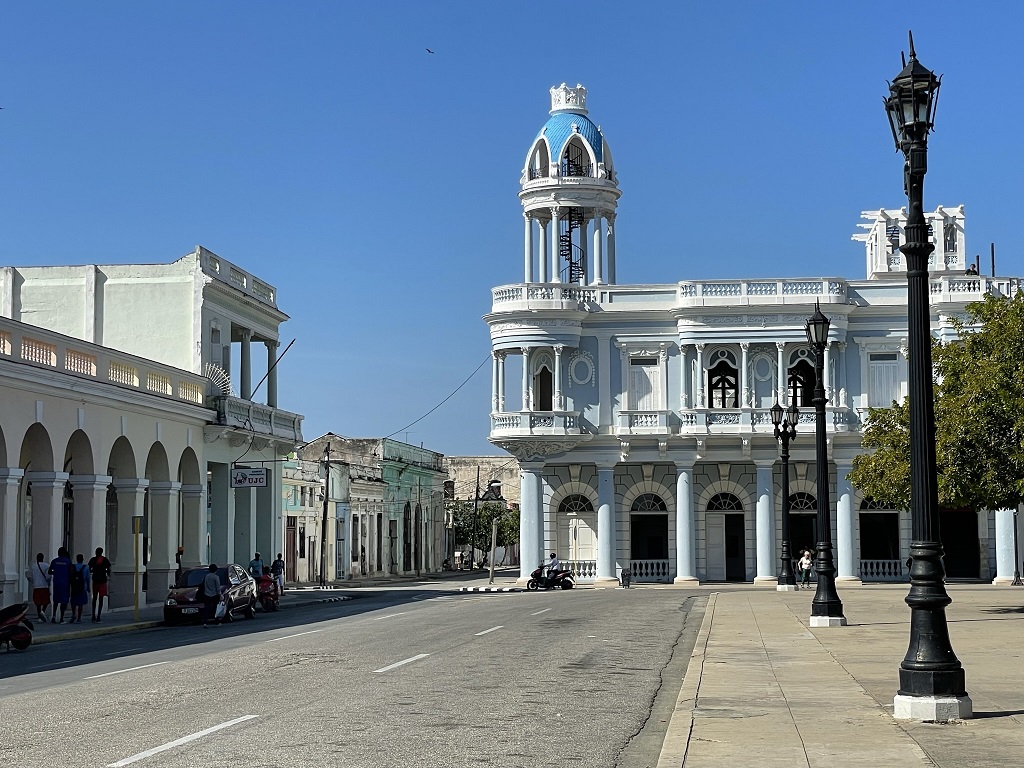
Cienfuegos’ impressive architecture even extends to its main cemetery, La Reina, declared a national monument in 1990.
The statuary is outstanding and the local caretaker will happily provide a tour of the most significant monuments for a small tip. Don’t miss the legend of the beautiful Sleeping Beauty.
Also, note the names on the tombstones. Many of them are French, reflecting the city’s original heritage.
Other can’t-miss activities in Cienfuegos include a visit to the popular tourist destination, El Nicho, a national park with beautiful swimming holes fed by waterfalls. A round-trip taxi will cost you about U.S. $30 including waiting time.
Two restaurants serving authentic Cuban food in town are Dona Nora on Paseo del Prado and Te Quedaras in the city center.
CENTRAL CUBA: SANTA CLARA, HOLGUIN AND GIBARA
Santa Clara, Holguin and Gibara are three Cuban towns that time forgot but you will always remember.
Here, time seems to have stopped, but it stopped in an enchanted period of interior patios, leafy central squares and 17th-century churches.
As secondary and even third-tier cities, these pretty Cuban towns are frequently overlooked.
The interior provinces of Central Cuba are frequently too off the beaten track for most travelers to the island to explore.
Most visitors with limited time will focus on the capital city of Havana with its striking colonial architecture, vibrant art scene and unparalleled nightlife.
Other well-known Cuban destinations that get plenty of press include Trinidad, Viñales, Cienfuegos and Santiago. But there are little-known provincial gems in central Cuba that thrive beneath the radar and are worth adding to your perfect Cuba itinerary.
SANTA CLARA
Similar to many other Cuban towns, Santa Clara has a graceful plaza surrounded by a park in the center of town. One late afternoon I sat on one of the benches and just observed the local citizens going about their daily business.
All around the plaza are classic, late 19th century buildings: the museum, the theater, the town hall – all dripping beautiful, elaborately carved baroque style stonework.
As is the case with most public buildings in Cuba, these too are in dire need of repair. Many have not seen a paintbrush since the revolution of 1959. But, whoever created these structures did so as a labor of love. The architecture is stunningly beautiful.
As the day grows dark, the plaza lights come on casting a yellow glow. Musicians play around the square and in the brightly colored central gazebo. These lively plazas are the highlight of the cities and towns.
People really seem to enjoy their plazas, parks and seawalls in Cuban towns. Many Cuban apartments can be small, cramped and hot – like in many European and Asian countries – so the outdoor spaces are a welcome respite.
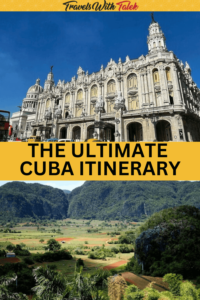
Another attraction in Santa Clara is the Che Guevara monument about 15 minutes outside the city.
You can get there from the central plaza by horse-drawn collective taxi for one Cuban peso, about 4 US cents. The monument is impressive but, unless you have a particular interest in revolutionary history, is probably is not worth a side trip.
A unique Santa Clara nightlife destination is Club Mejunje, next to the Hotel Santa Clara, site of Cuba’s first established drag show. There are other such shows throughout Cuba but Santa Clara’s is the most well known.
The event takes place on Saturday nights in a surreal, abandoned-looking building and is very popular and well attended.
HOLGUIN
The city of Holguin is the capital of Cuba’s western province of the same name and the fourth largest city on the island. Few travelers make it as deep into Cuba as Holguin proper. You see almost no tourists in the city. The tourism concentrations are in the nearby beach towns of Guardalavaca and Playa Pesquera.
The province was the site of Christopher Columbus’s first landing where legend has it, he said, “this is the most beautiful land human eyes have ever beheld.” Today, people in Holguin joke that they invented tourism because of their Columbus connection.
Known as the city of parks, Holguin is also considered the most religious town in Cuba.
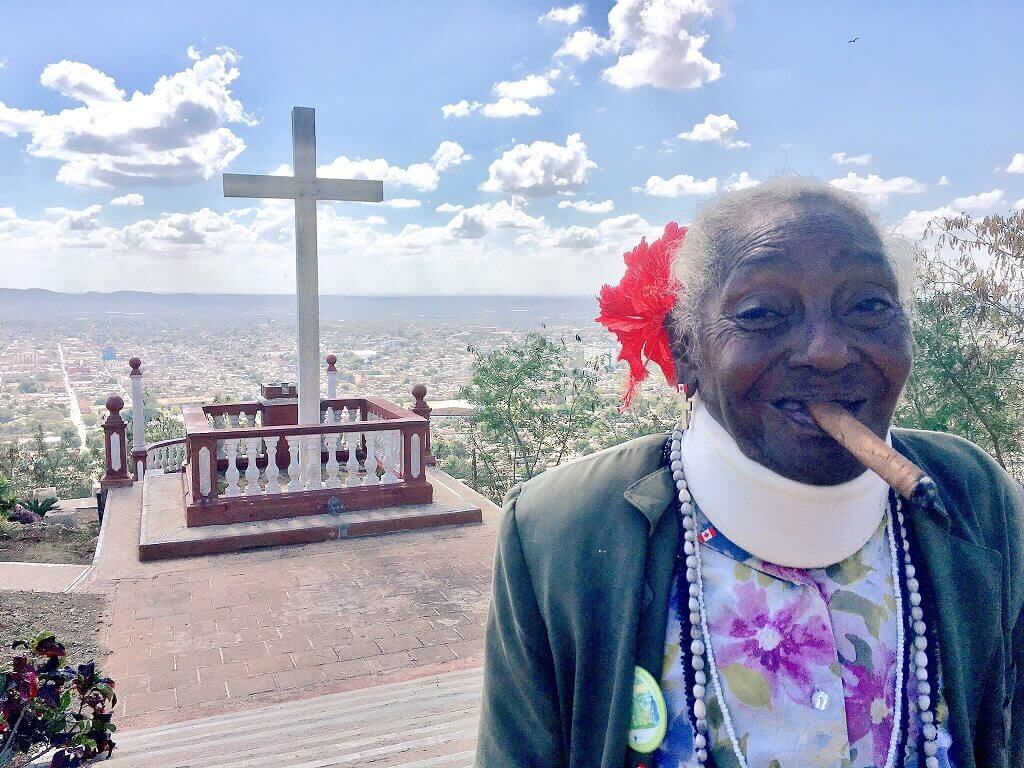
The city has four pretty main parks all designed in the classic colonial style with the church in the center. It has a surprisingly extensive collection of good paladares, the nicest being Restaurante 1910 in a restored colonial mansion.
The food in 1910 is very good and reasonably priced. A three-course meal will set you back about 12 USD.
On the other end of the economic spectrum are the pizza restaurants on the plazas where an entire pie with beer goes for about 4 USD. I see these Cuban pizza restaurants as the equivalent of a fast food joint anywhere else.
The food is fast, reasonably priced, no surprises. Although I wouldn’t call the food there “delicious,” it efficiently and quickly solves the immediate issue of what to eat.
All Cuban towns, big or small, have outstanding music venues. Holguin is no exception. It has the standard music venues found in most larger Cuban cities; La Casa de La Trova, Casa de La Musica and others.
There was one nightclub, however, that stood out from the rest, Salon Benny More. Salon Benny, named after a famous Cuban performer, is an open-air venue with excellent musicians and performers, reasonably priced drinks, a large dance floor and jovial patrons.
It is a great place to enjoy good music and get a feel for how typical Cubans enjoy themselves.
Holguin is a great anchor location from which to explore the seaside towns of Gibara and Guardalavaca, where, just like Columbus, I saw some of the most beautiful beaches I’ve ever seen.
GIBARA
Gibara is a small coastal town bursting with colonial charm. It has one of the prettiest plazas of the Cuban towns.
For seven days every April the coastal town of Gibara hosts the International Festival of Poor Cinema; not “poor” as in not any good, but “poor” as in not rich. It is called this because the festival invites talented artists of limited means from all over the world, including the U.S., to exhibit their work here.
THE BEACHES
As appealing as Gibara is, the main draw in the area is the nearby white-sand beaches of Guardalavaca and Playa Pesquero.
If you have free time, grab yourself a full beach day. That’s the perfect amount of time for a Cuban beach. The sand is creamy white with a tinge of light honey color and the water is crystalline and impossibly blue.
You can rent a deck chair for the day and just lounge. Occasionally local people will appear offering plates of fresh fried fish and rice and beans for about US$2.00. There are little huts nearby selling the excellent local beer, Bucanero
The one drawback for this beach is that everyone else already knows about it and it is full of Canadian and European tourists. So the secret is very definitely out.
TRINIDAD
Less than an hour from Cienfuegos is the beautifully preserved colonial town of Trinidad, another cornerstone of the perfect Cuba itinerary. The city was founded in 1514 and declared a UNESCO World Heritage site in 1988.
Visiting Trinidad feels like time-traveling back to the colonial period.
Really absorb the culture of Trinidad by checking into a local “casa” which could be in a refurbished 19th Century mansion. Have a tropical breakfast in the shady interior patio amidst the sounds of crowing roosters and the aroma of Cuban coffee.
If this experience is not sufficiently authentic for you, you can witness a frenetic Santeria (an Afro-Cuban religion) dance performance, take salsa classes or dance in music venues in underground caves.
You can also hike through abandoned historical sugar plantations at Valle de Los Ingenios, another UNESCO World Heritage site.
History buffs will enjoy wandering the central Plaza Mayor with its remarkable collection of 17th-century structures, museums and cobblestone streets.
It is a good idea to take a walk up to the top of the Bell Tower for the best views of the town.

Like any self-respecting Cuban town, Trinidad also boasts a spectacular beach nearby. Playa Ancon is just 20 minutes away by bus.
Here you can rent a small boat and explore surrounding uninhabited islands or snorkel around some of the most pristine reefs in the world. You really must add Trinidad to your perfect Cuba itinerary.
SANTIAGO DE CUBA
Santiago de Cuba, in Cuba’s far east, is the island’s second most populated city and was founded in 1515. The city is often referred to as the capital of the Caribbean.
Although frequently overlooked by travelers focusing on the Havana circuit, Santiago de Cuba is well worth at least three or four days to do it justice.
The city has a tropical colonial vibe different from other Cuban towns. It is a sultry and vibrant mix of Spanish, Haitian, French and African cultures nestled on a wide bay surrounded by red-tiled rooftops and winding colonial streets.

Many significant battles in Cuba’s turbulent history took place in Santiago. The city is packed with museums from the colonial, revolutionary and contemporary periods.
One highlight is the Castillo de San Pedro de la Roca, known as El Morro Fortress, another UNESCO World Heritage site.
This 17th-century fortress was constructed to defend Santiago from pirates and is a remarkably well-preserved example of Spanish-America military architecture.

Another can’t-miss site is the recently renovated 16th Century Catedral de Nuestra Senora de la Asuncion (Our Lady of the Assumption) in the town’s central plaza.
Other gems include Casa Velasquez, the oldest standing house in Cuba and the Sanctuary of La Virgen de la Caridad (Our Lady of Charity) Cuba’s patron.
Just outside of town is the cemetery of Santa Efigenia, the final resting place of Cuba’s presidents, military heroes and other dignitaries.
It is worth spending a couple of hours strolling the blindingly white marble walkways among the historical mausoleums.
And make sure to catch the changing of the guard with all its pomp.
LAS TERRAZAS
Both Las Terrazas and the Valley of Viñales are on the western part of Cuba, near Havana. Some folks prefer to see these areas at the beginning of their trip, others at the end depending on where you are arriving to and leaving from.
Las Terrazas started in 1968 as an ecotourism project. It is now a lush complex with tropical swimming holes, waterfalls and the ruins of 18th-century coffee plantations.
The area is home to almost half of Cuba’s native birds, thrilling zip lines, an artist colony and much more.
It makes for a great day trip from bustling Havana. The town is also home to one of Cuba’s biospheres and a stunning orchid garden.
THE VALLEY OF VIÑALES
The Viñales Valley is a UNESCO World Heritage site dotted with rolling green hills and large limestone outcrops known as mogotes that can rise as high as 300 meters.
Besides the knockout beautiful scenery, Viñales is famous as the premier tobacco-growing region of Cuba.
One of the area’s big draws is a visit to the local coffee and tobacco plantations where you can sample Cuban coffee and purchase world-renowned Cuban cigars at a discount.
Great things to do in Viñales include taking a guided tour to the tobacco fields while horseback riding, a boat trip on an underground river in the Cueva del Indio and a vist to the mural de la prehistoria.

About two hours from Viñales is Cayo Jutia. This is a beach with honey-colored sand and water perfect for snorkeling. Here you can also accept a local fisherman’s offer to sail to outlying islands for fresh seafood.
Viñales is also known for underground river tours through local caves, many of which run for miles.
But the highlight of a Viñales visit is nighttime and the music and dance venues that line Cisneros Street, the main drag.
What is YOUR idea of the perfect Cuba itinerary? Are you a culture vulture that loves museums and history? Do you nap in the daytime so you can fully appreciate the nightlife?
Are a lazy beach and beautiful nature more your style? Whatever your preference, it’s all here in Cuba.
Want to get to know a bit about Cuba before going? Or want to keep the Cuban vibe going after your return? Visit vibrant Little Havana in Miami.
Research your trip before you go and learn about Cuba’s history and culture to enrich your Cuba experience.
What are your thoughts on this Cuba itinerary? Let us know in the comments.
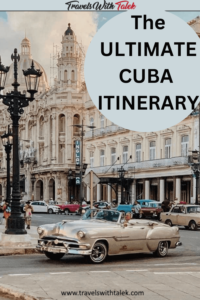
PIN ME
TO PINTEREST!
BTW, if you are getting ready for your trip, make sure to take advantage of these useful, money-saving links to book your trip:
- Research and book your flight with Skyscanner. I have found them to be the best because they list all airlines including the budget ones. You are always sure of having researched all options.
- For car rental around the world, Discover Cars has flexible pickup and drop-off options, I recommend Discover Cars.
- Book your accommodation with Booking.com. I find they have a wide selection and a nice, user-friendly, transparent website.
- Protect your trip and, more importantly, protect yourself with travel insurance. I use Travelinsurance.com and have been very happy with them.
- Looking for a small group tour to unforgettable destinations with top professionals? Intrepid Travel is your choice.
- For more general tours to any destination or attraction, book with Viator. Check them out.
- Need a visa? Get your visa for all countries with Passport Visa Express.
- Looking for a cool walking tour to explore a city? My favorite walking tours are offered by Take Walks.
- Food and drink tours are the best way to enjoy a city. And Devour Tours are my favorite.
- Looking for a good VPN to protect your security, privacy and freedom online while traveling? Nordvpn is your best option.
- The best and most economical way to stay connected while traveling is with an Airalo eSIM.
I personally use, and can recommend, all the companies listed here and elsewhere on my blog. By booking through these sites, the small commission we earn – at no cost to you – helps us maintain this site so we can continue to offer our readers valuable travel tips and advice.





